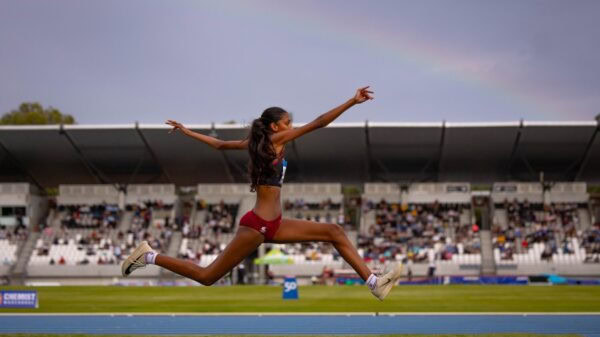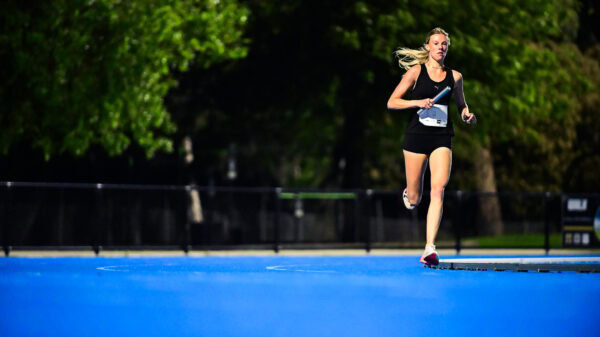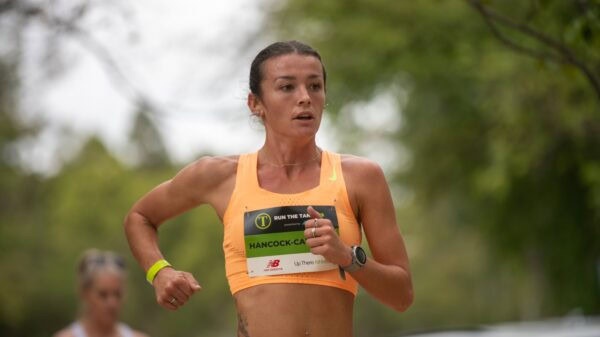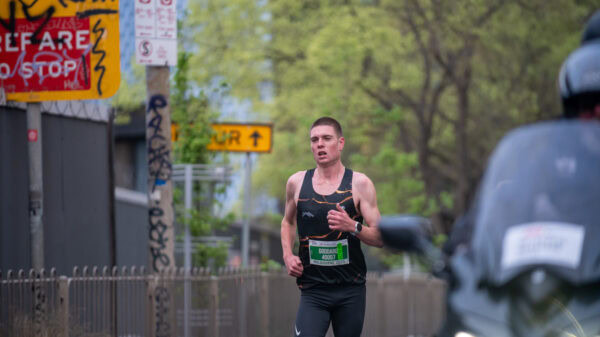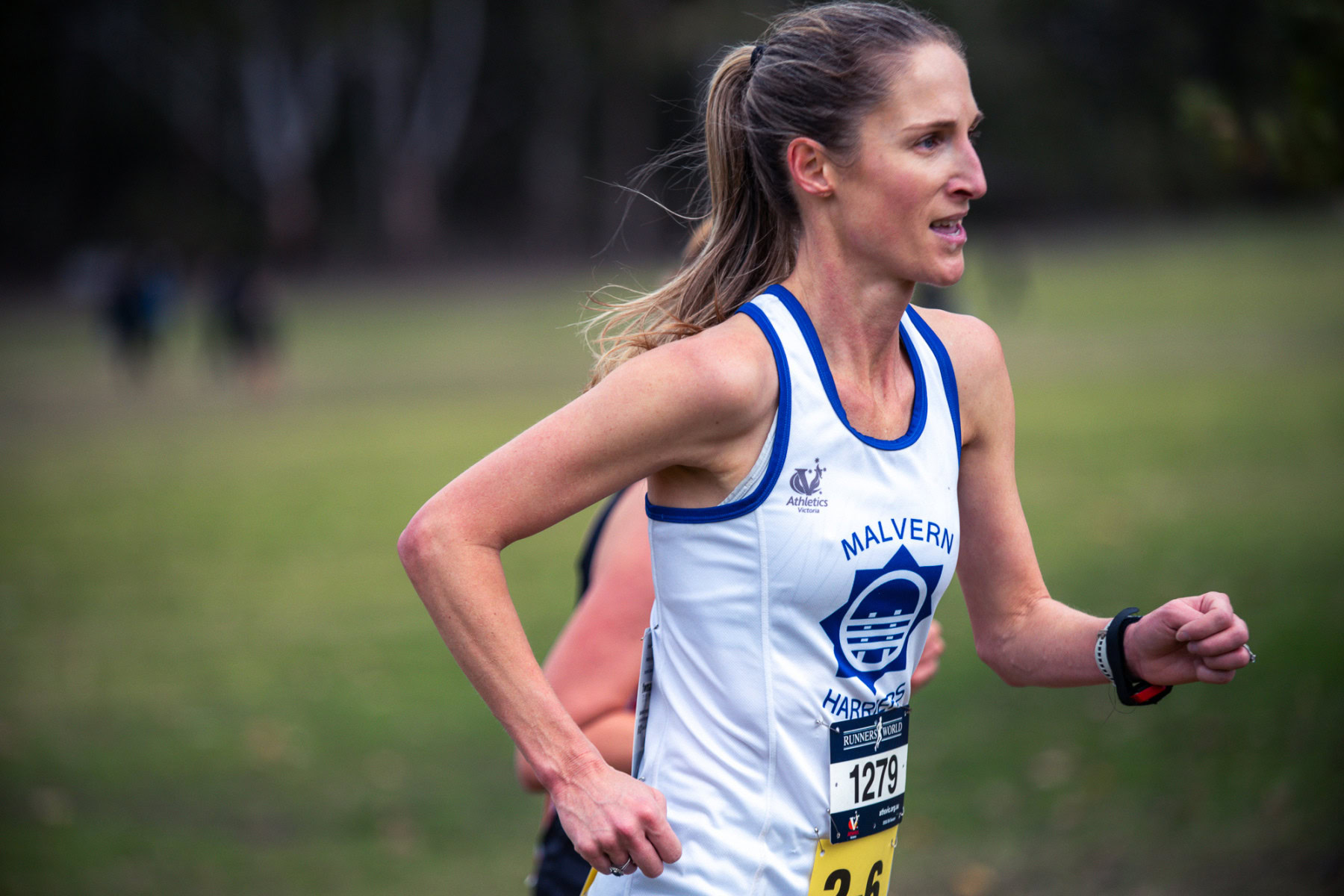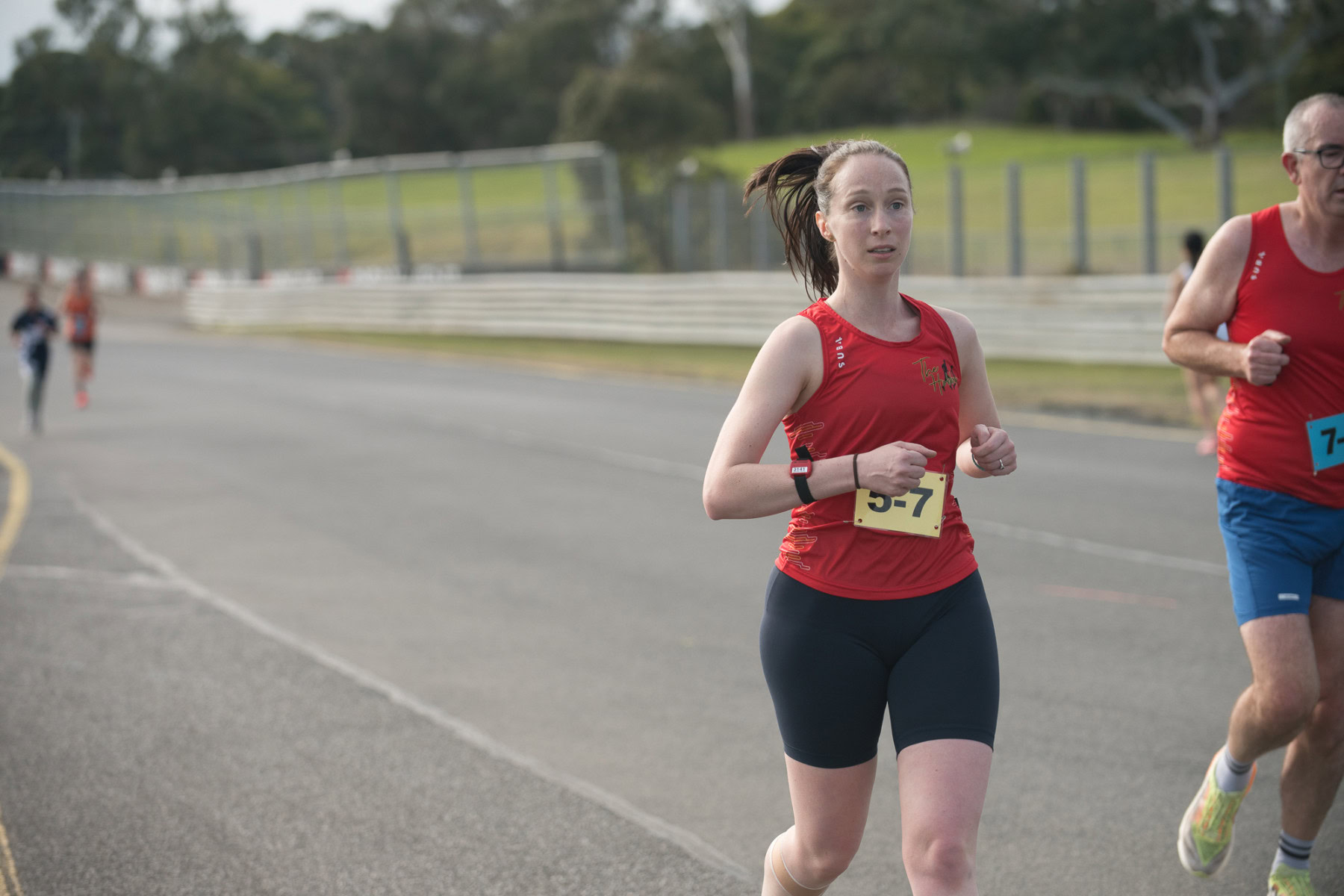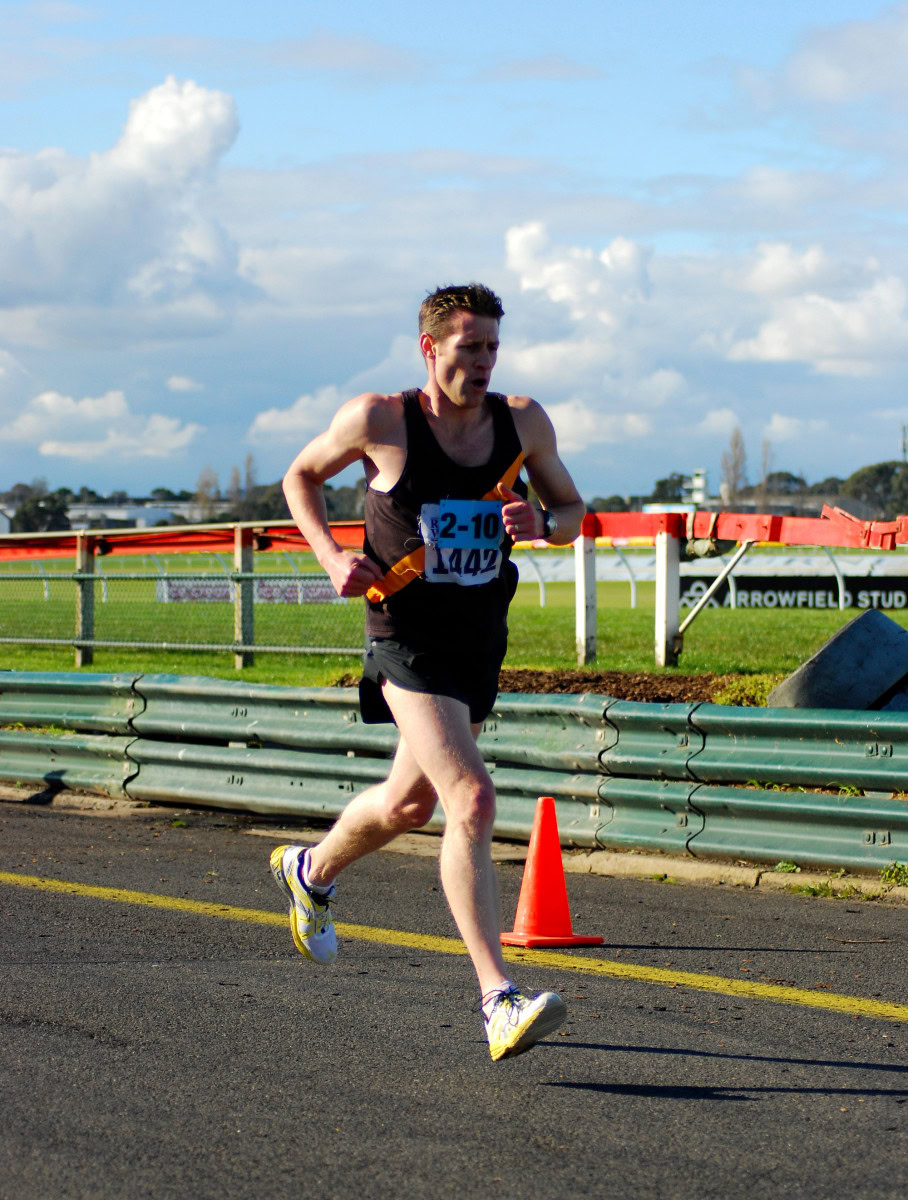In athletics, precision matters. A fraction of a second separates champions from the rest. The same can be said of the delicate machinery that underpins the staging of Australia’s major meets: a web of competing priorities, dependencies, and timing that must align perfectly to deliver a seamless season. Including tracks you can run on.
The recent announcement that the Sydney Track Classic will not proceed in 2026, a casualty of delayed resurfacing works at Sydney Olympic Park Athletics Centre, is not so much a failure as it is a reminder of how finely tuned this machinery has to be and how many parties are involved.
For an outsider, postponing or relocating a meet might appear as a simple matter of venue logistics. In reality, it unravels a matrix of high performance considerations, international certification criteria, broadcast expectations, sponsorship obligations, and the ebb and flow of the Australian events calendar.
High Performance: Timing, Preparation, and Points
For elite athletes and their coaches, the domestic season is a carefully calibrated progression toward an Australian season peak, often aimed at achieving World Athletics ranking points, qualifying standards, and a high place at Nationals, before building momentum before major championships.

Meets like the Sydney Track Classic are part of the World Athletics Continental Tour, designated at the Bronze level, meaning they must meet certain event standards, provide prize money, and be open to international competitors. For Australian athletes, they represent one of only a handful of opportunities on home soil to secure performance-based points toward global rankings.
The placement of these meets within the season flow is therefore critical. Too early, and athletes may still be in heavy training or involved in event-specific camps; too late, and the meet risks clashing with international opportunities like the World Indoor Championships. Typically, the Sydney Track Classic serves as a high-quality mid-season fixture: positioned after preparatory meets but before Nationals, offering the chance to fine-tune performances and secure rankings.
And that’s not even to mention the complex balancing act of the events series matrix and trying to give opportunity across all events.
When a meet disappears, even temporarily, the national season loses a key link in that performance chain. It’s one that will be filled, with the call 109 days out from the Sydney Track Classic to can it enough to allow everyone to adapt and reshape.
The World Athletics Layer: Certification, Standards, and International Representation
Above the domestic calendar sits the framework set by World Athletics and its regional body, Oceania Athletics.
To maintain Bronze status, a meet must satisfy a suite of technical requirements: a set number of events per gender, adequate field sizes, and generally participation of athletes formally from at least three nations in each event (but which can be amended by approval of Oceania Athletics): a rule designed to maintain the international integrity of the tour.
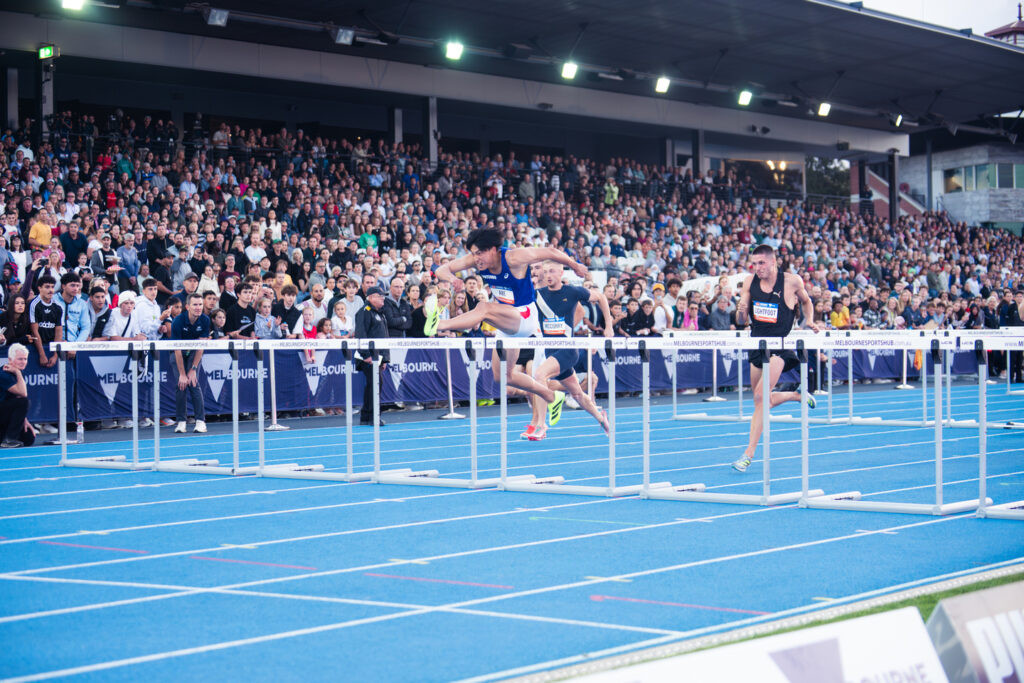
That stipulation adds another layer of complexity. In practice it means Australian Athletics must coordinate with neighbouring federation athletes in a cost effective manner, New Zealand, Fiji, Papua New Guinea, Japan, and other marquee athletes, to ensure the presence of international athletes. When a meet date or location shifts, those travel and visa arrangements can shift too.
Plus there’s the need for at least US$25,000 in prize money across the meet.
Additionally, the venue itself must be World Athletics certified, a designation confirming that the track meets precise dimensional, material, and equipment standards for performances to be recognised. While all athletics tracks are equal, some are more equal than others… with a US$30,000 fee payable to World Athletics to achieved Tier 1 or Tier 2 status. Only around half of Australia’s 100 synthetic tracks have current certification, or an extension to it (and on occasion certification lapses for some venues before being re-established).

While Sydney is fortunate to have several Tier 2 certified venues (SOPAC being the only Tier 1) including the historic ES Marks, Campbelltown, Blacktown or even further afield, Hunter (Newcastle), none are fully equipped to host a broadcast-standard, night-time event that meet broadcaster expectations for the prime-time slot the sport enjoys.
World Athletics also require Continental Series meets have live TV broadcast , or otherwise in exceptional circumstances, a delayed broadcast on the same day of the event.
The lux is the crux of the issue: track certification is necessary but not sufficient. Infrastructure, lighting, and broadcast capability turn a compliant track into a viable international stage.

Gold meets – for Australia, the MP Meet in Melbourne – have much stricter requirements. That includes a minimum of 3 athletes from the world rankings top 50 in each event of the meet, which often dictates which events will make the broadcast program in the meet proper, or instead be held pre-meet with a Bronze categorisation.
The Broadcast Equation: Prime Time and Production Costs
In modern athletics, visibility equals viability. Sponsorship value, athlete exposure, and even government funding depend on the sport’s ability to reach audiences beyond the grandstand.
In Australia, prime-time broadcast windows are a limited commodity, especially during the crowded summer and autumn sports season dominated by cricket, tennis, and increasingly, emergent events like LIV Golf.
For athletics, securing a slot on free-to-air television is both a coup and a constraint. The broadcaster expects a professional product: reliable lighting, high-definition coverage, and tight scheduling that fits within broadcast parameters. Yet, the production costs fall largely to Australian Athletics, not the broadcaster. That creates a delicate financial balance: the sport pays to produce its own visibility while relying on that visibility to attract the sponsors that make the production, and meet, viable.
Remove the broadcast, and the event’s sponsorship appeal wanes. Remove the sponsorship, and funding the broadcast becomes untenable. Each element depends on the other: a self-sustaining loop until one cog falters.
The Calendar Conundrum: Avoiding Collisions in a Crowded Events Landscape
Even when the high performance, certification, and broadcast pieces are in place, the Australian events calendar presents another formidable obstacle.
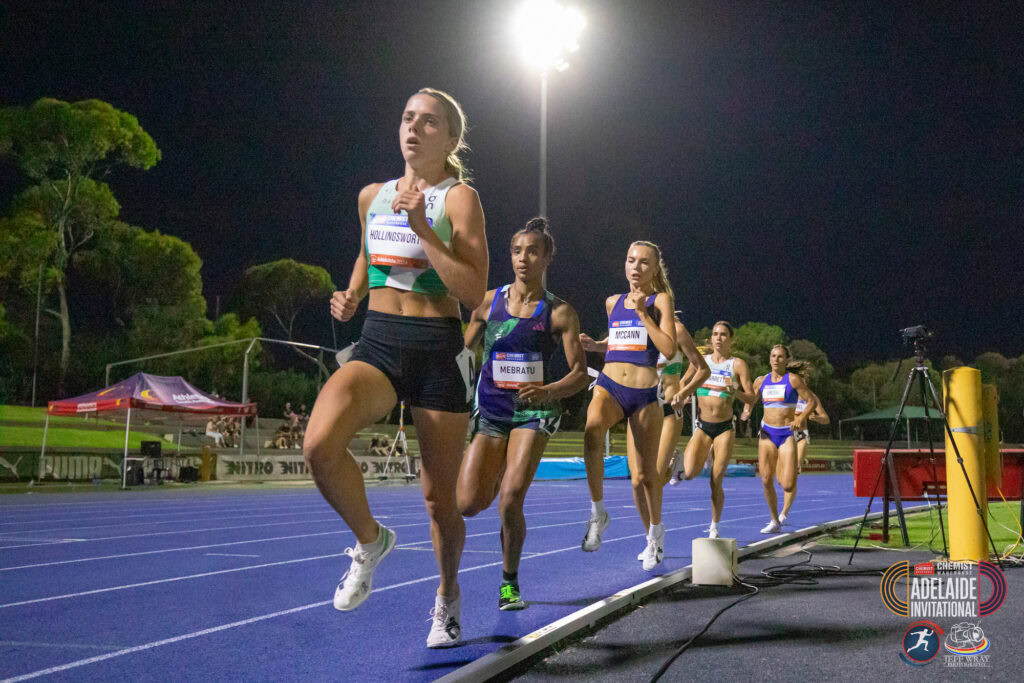
The Adelaide Invitational, for instance, has had to navigate around major events like LIV Golf and AFL’s Gather Round, while other meets consider the impact of major entertainment events — all of which drive up accommodation and travel costs while fragmenting media attention.
Similar pressures exist across other cities. The cost of flights and hotels can double during major entertainment weekends in Melbourne, squeezing event budgets and limiting access for athletes and officials. Melbourne’s meet can’t be held while Albert Park is locked down for a Formula One meet. Meanwhile, marketing cut-through becomes harder when the sporting and cultural spotlight is shared with other large-scale attractions.
This is where sport tourism strategies also enter the picture. Some meets, such as Melbourne and Nationals, receive state government backing precisely because they bring visitors, hotel nights, and exposure to the region. But that support is contingent on delivering the promised economic return, which might also depend on broadcast exposure, athlete participation, and spectator interest. Again, every cog turns another.
The Venue Factor: Certification, Lighting, and Location
While Sydney boasts several capable athletics venues, none tick all the boxes simultaneously for February 2026.

- SOPAC, ticks all the boxes except the most important one: the track surface! What was originally planned for October to December resurfacing has now over run to February, just days before the Sydney Track Classic was scheduled. That’s created too much risk, seeing the meet abandoned.
- ES Marks, recently refurbished historic home for the sport pre-SOPAC, with dated spectator infrastructure, no long throws capability and lacking broadcast-grade lighting.
- Campbelltown and Hunter Sports Centre (Newcastle) have both hosted high performance meets in the 00’s and 10’s, but they’ve always been daytime when broadcast… they lack broadcast lighting.
- Blacktown International Sports Park has the space, grandstand size and certification, with the added bonus of being the only Mondo track in Sydney (and one of few in Australia), but doesn’t have broadcast quality lighting.
That leaves SOPAC as the only home ever possible for the Sydney Track Classic while its enjoying prime-time broadcast. And there’s similarly a limited number of tracks around Australia in other cities for flagship meets.
But SOPAC’s excellence depends on maintenance, and maintenance means cost and downtime.
Track resurfacing is not a cosmetic refresh: it’s an engineering project that can only be undertaken under suitable conditions. Major resurfacing works are usually scheduled over summer months, when rainfall interruptions are fewer and demand from school carnival bookings — the main revenue source for venues — is lowest.
Unfortunately, even well-planned projects face the unpredictability of weather and supply chain delays. And sometimes capital projects are just poorly managed. The current resurfacing project hasn’t met expectations and has created operational and financial risk for Athletics in Australia. Sydney misses the opportunity for a one-day high performance meet as a result, a real shame, particularly given the momentum generated for growth and change across the sport in NSW in recent years.
However, the track will surely be complete by the April timing of the Australian Championships, if not earlier for events like the NSW Championships in March. There’s nothing like competing in a big event on a new track… it just won’t be for the Sydney Track Classic.
The Human Impact: Athletes, Coaches, Officials, and Fans
Behind the scenes, contingency planning has been proactive, even if the optics of a cancelled Sydney Track Classic sting. There’s an Australian Athletics commitment to deliver a replacement meet to Sydney in another state.
Where to From Here? A Queensland Detour?
Attention now turns to where the replacement Continental Tour Bronze meet might land.
The obvious candidate is the Queensland Sport and Athletics Centre in Brisbane (the main track, not the dimly lit Athletics Centre which has just started also being resurfaced). It’s a facility with the lighting required for a prime-time, broadcast-ready meet. It has held Tier 1 classification in the past and hosted numerous national and international events and sits within a state that continues to invest heavily in sport infrastructure in the lead-up to the 2032 Brisbane Olympics.

It’s also a favourite of the athletics community, having been voted Australia’s Favourite Athletics Track in our 2024 poll.
Yet QSAC is a curious case. Once a jewel of Australian athletics, the main stadium now feels vast and soulless for domestic meets. Its potential seating capacity of 48,000 far exceeds typical crowd numbers. Its future, too, is uncertain. Plans for Brisbane 2032 centre on a new stadium at Victoria Park, leaving QSAC’s long-term role – as an asset near the end of its life – ambiguous.
Still, in the short term, it offers a practical solution: broadcast infrastructure, international airport access, and importantly compared to Sydney, a track. A QSAC-based replacement meet could ensure Australian athletes retain the ranking opportunities they need while maintaining continuity for sponsors and fans. Brisbane hasn’t had a meet part of the AA domestic season since 2023.
The Bigger Picture: A System That Works — Until It Doesn’t
What the SOPAC delay highlights is not dysfunction, but the inherent fragility of an ecosystem where every part depends on the others.
High performance priorities require a seamless calendar.
World Athletics criteria demand international participation and certified venues.
Sponsors and broadcasters need visibility and professional presentation.
Governments want economic returns from major events.
Venues need to balance elite usage with community and commercial demands.
It all works — beautifully — until one cog, however small, slips out of alignment.
This summer, that cog was the track at SOPAC. But the machine itself remains sound: complex, interdependent, and constantly evolving to deliver opportunities for Australia’s athletes to shine on home soil.
When the Sydney Track Classic returns in 2027, it will do so to a fully resurfaced, world-class venue, ready once again to showcase the sport at its best.
And if the Queensland detour – or elsewhere – delivers a memorable meet in the meantime, perhaps it’s a reminder that adaptability, like resilience on the track, remains one of Australian athletics’ strongest traits.


